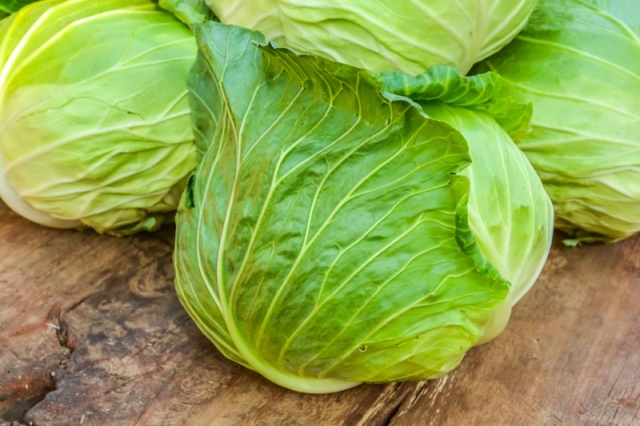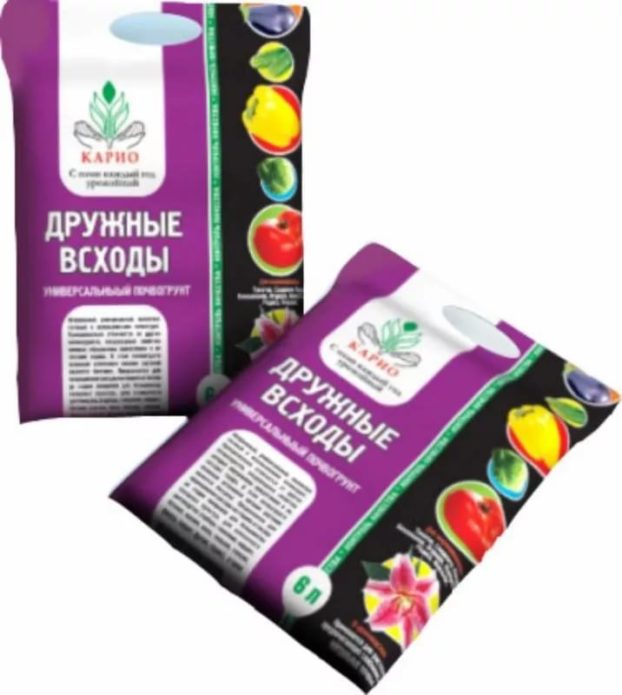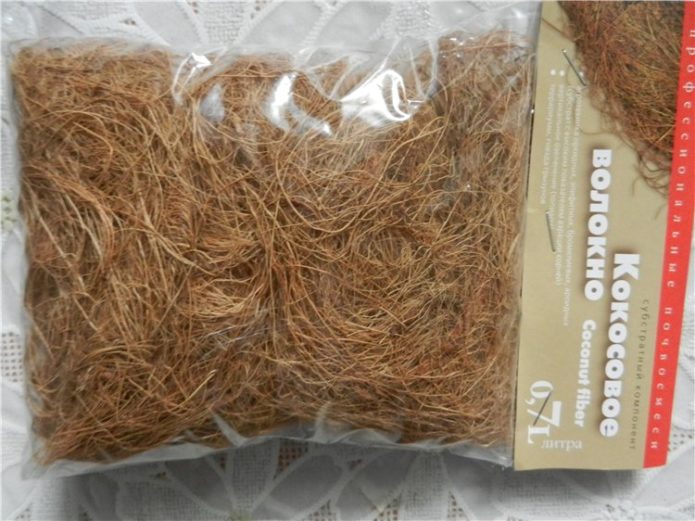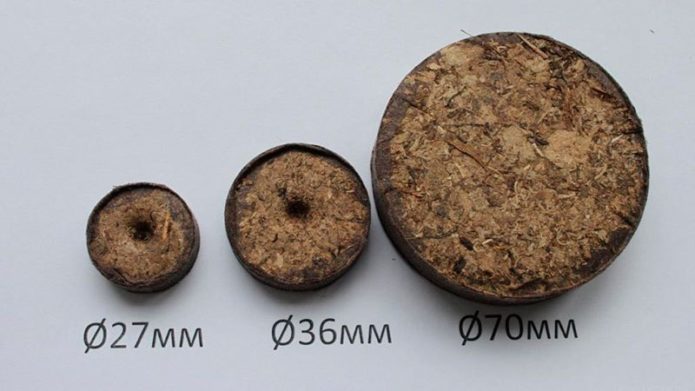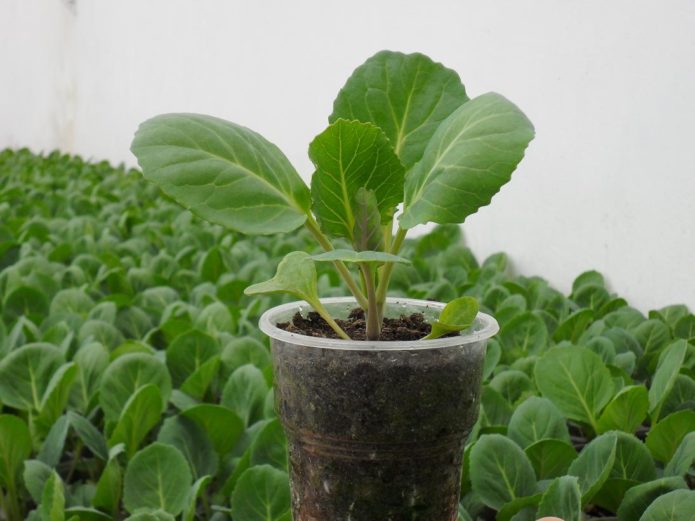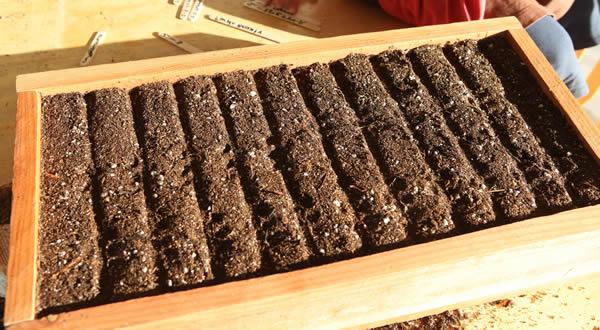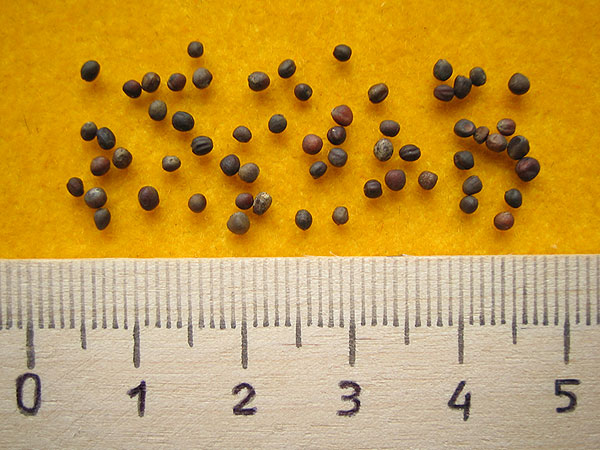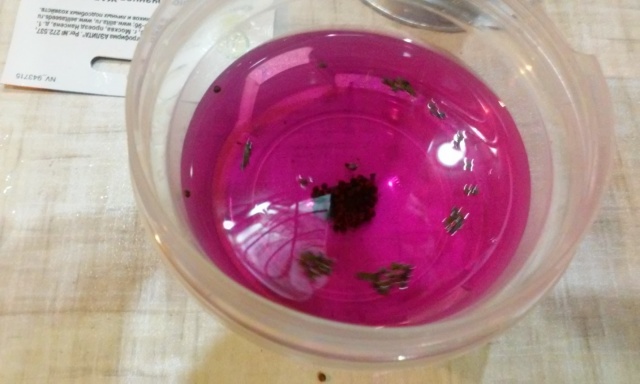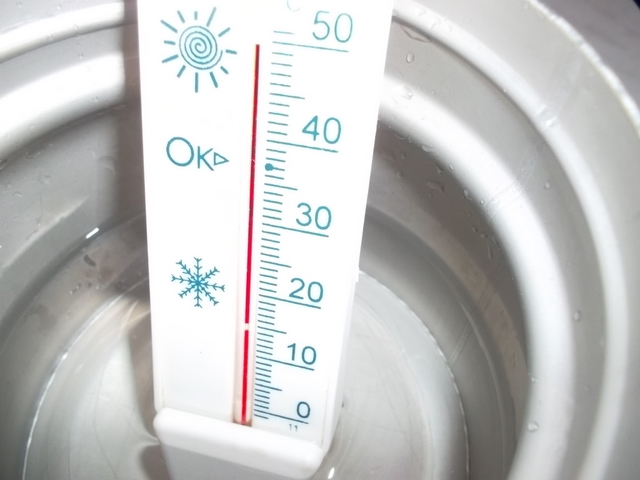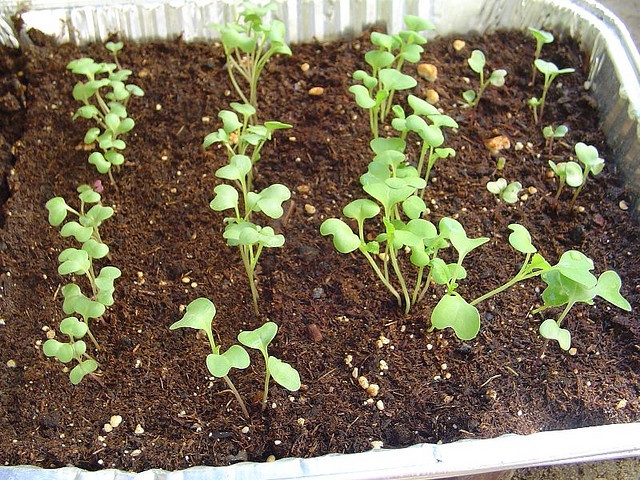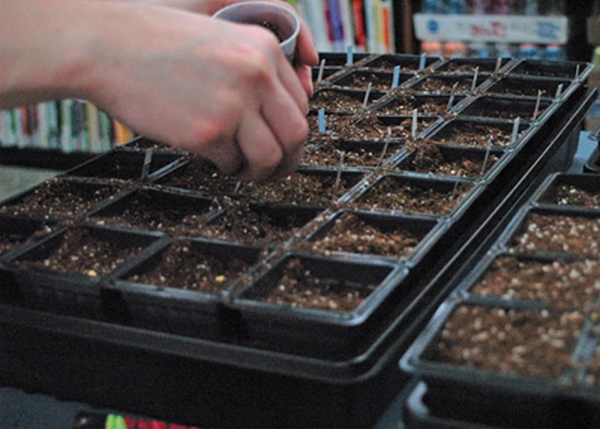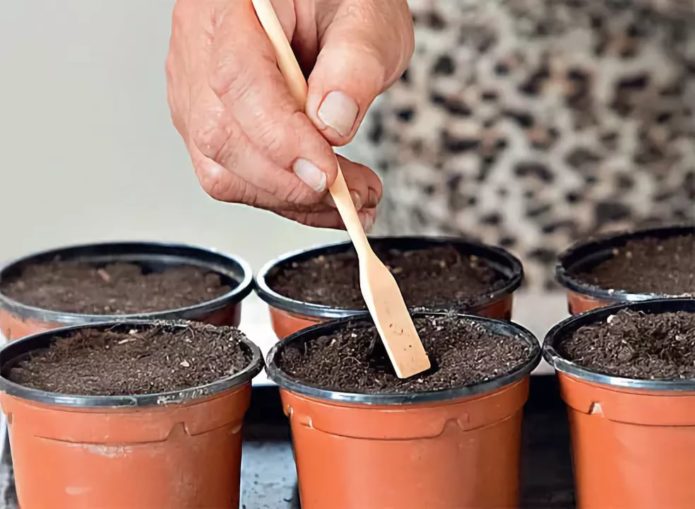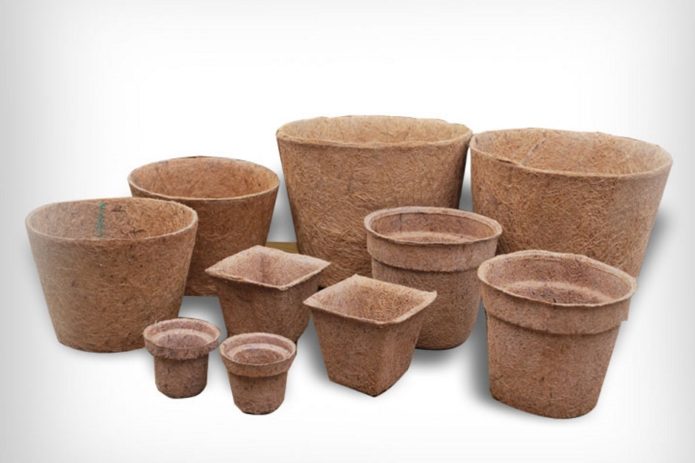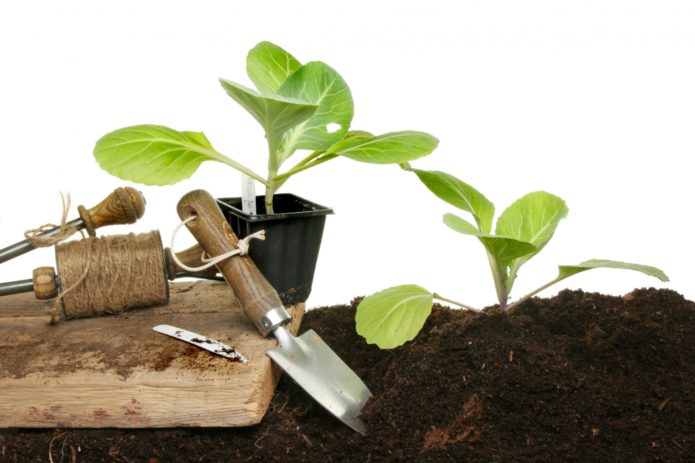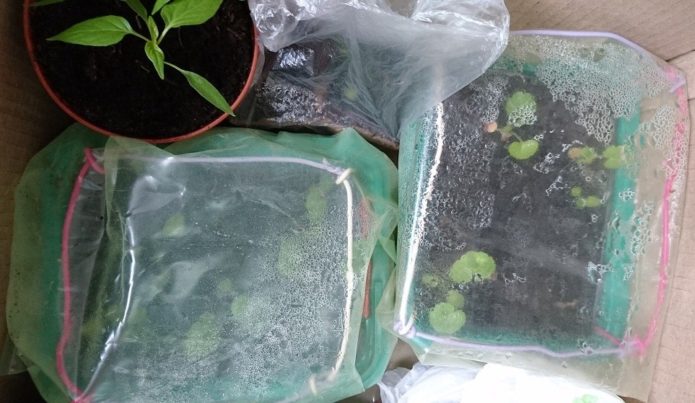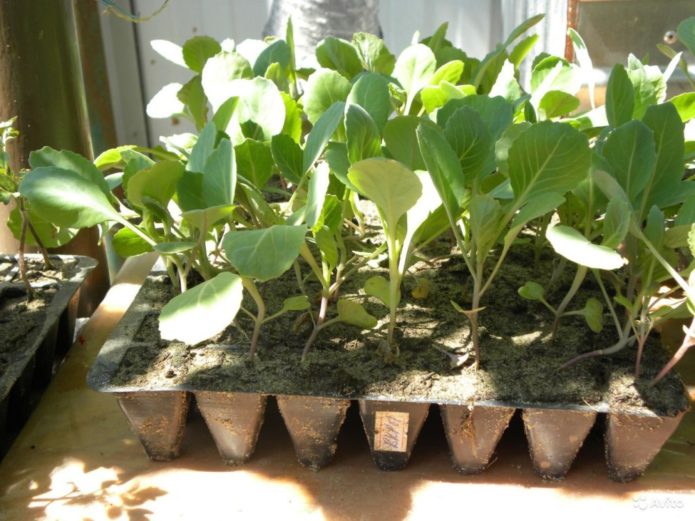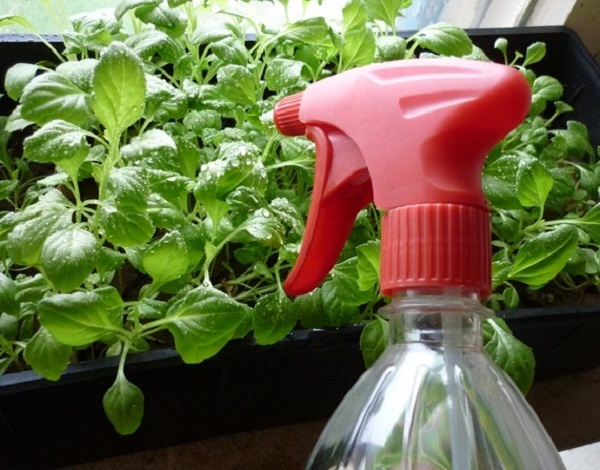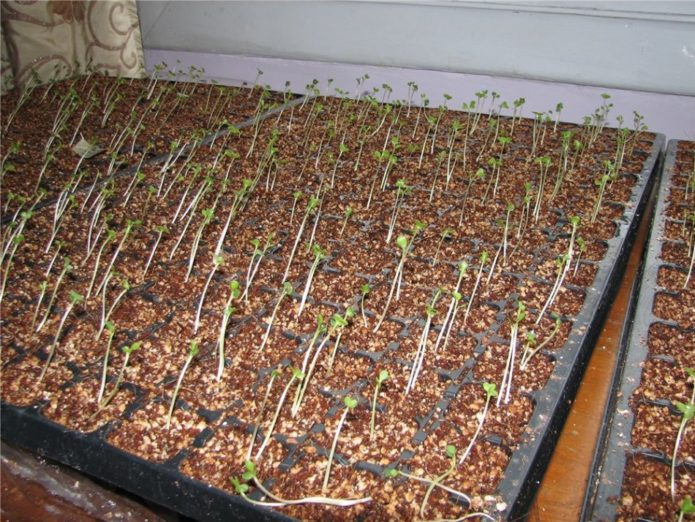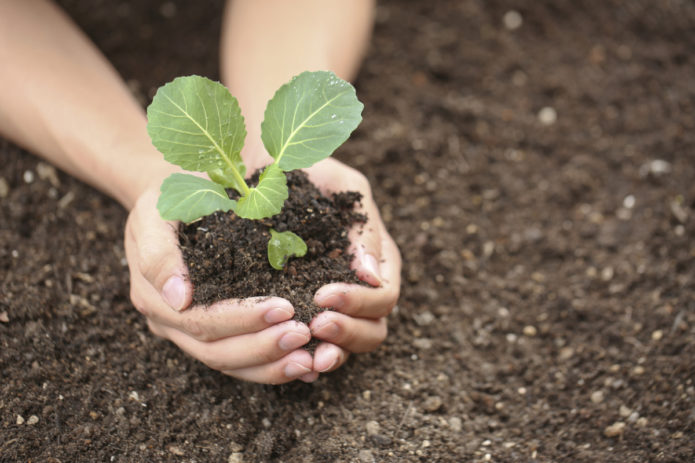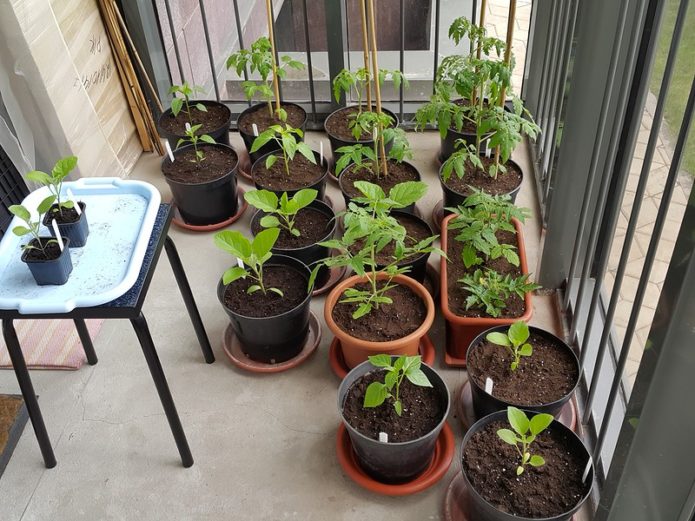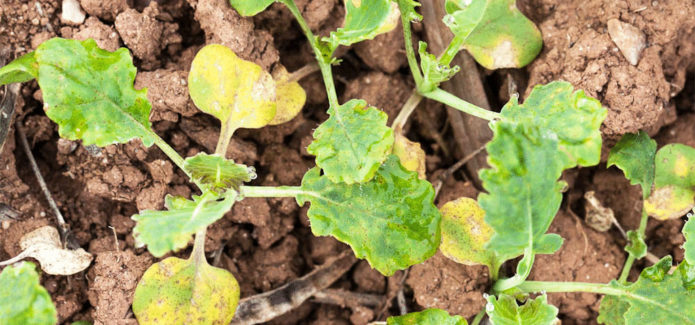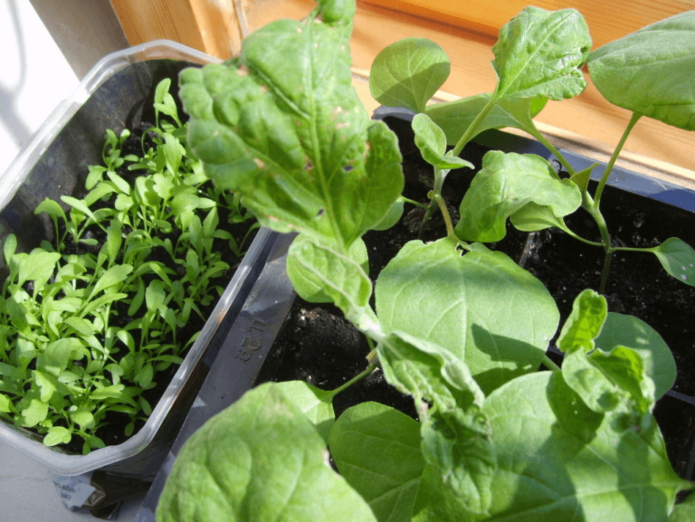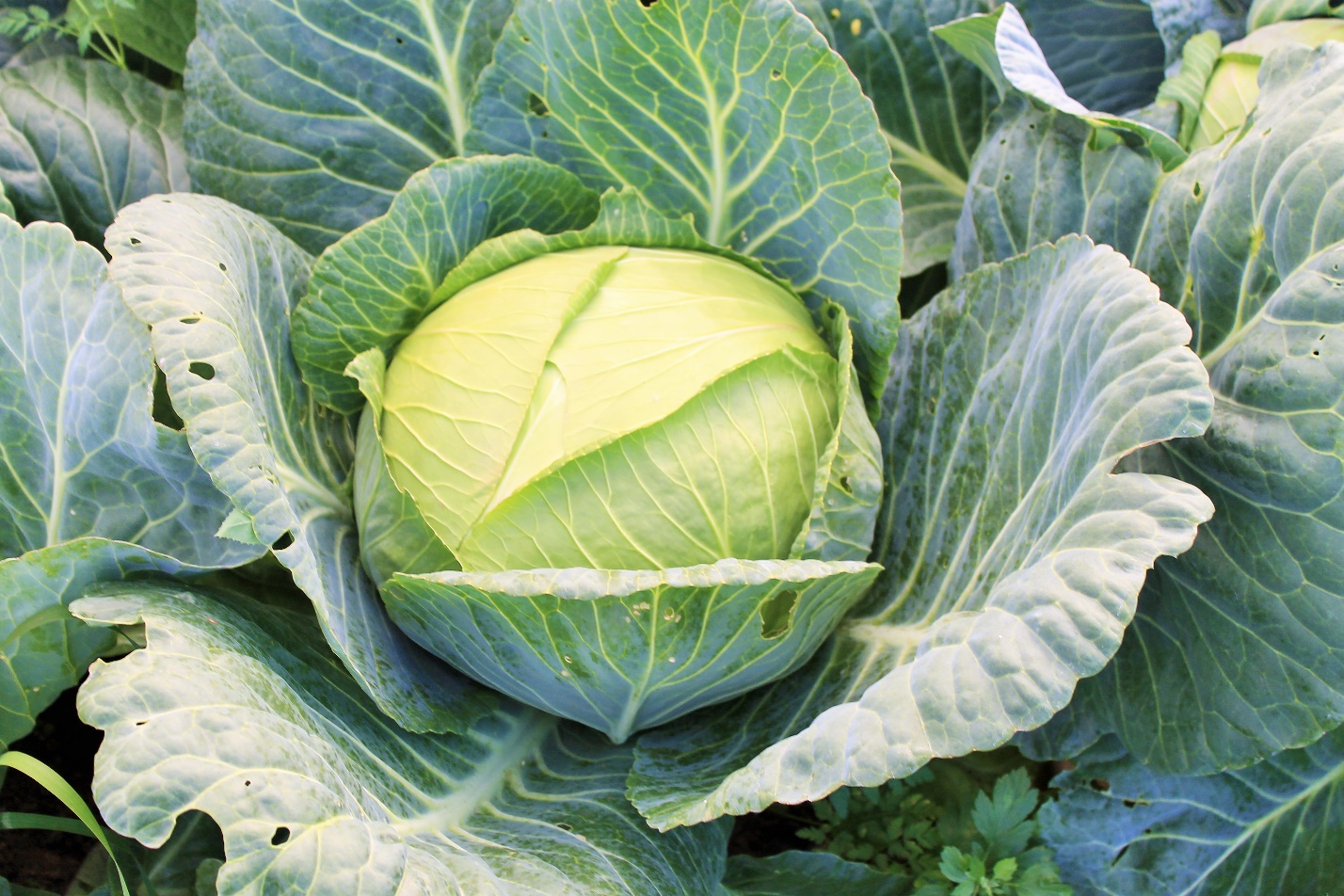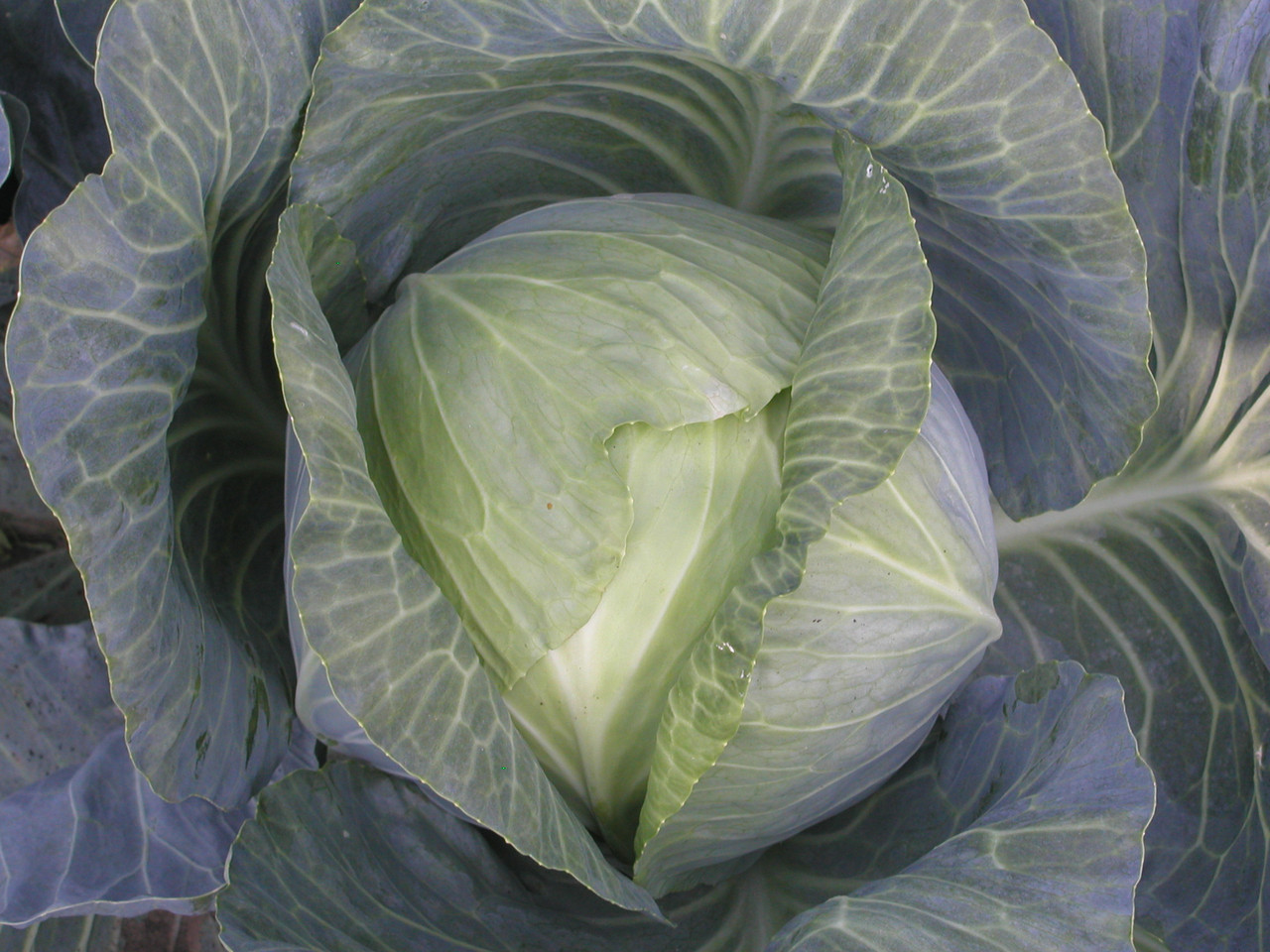Cabbage is a favorite vegetable on our table. The variety of varieties allows you to include vitamin dishes with cabbage on the menu all year round. However, environmentally friendly products can be obtained only from your own garden, knowing the technology of growing this vegetable crop. Cabbage yield largely depends on the quality of the seedlings.
Content
Choosing a cabbage variety for growing seedlings
Before purchasing seeds, you should decide on the purpose of planting cabbage. Different varieties are used for salting, pickling, making soups, salads, etc. In addition, cabbage varieties are distinguished by their ripening times. The early ripening ones are good for fresh consumption in the summer, and the mid and late ripening ones are good for harvesting and long-term storage.
Table: cabbage varieties by ripening time
| Types of cabbage by maturity | Names of varieties and hybrids | View characteristic |
| Early varieties |
| Cabbage is tender, very tasty fresh, but does not store for a long time. It forms small loose heads of cabbage weighing up to 2 kg with juicy leaves, which are used to prepare salads, hodgepodge and summer cabbage soup |
| Mid-season varieties |
| The heads of cabbage are larger (3-5 kg), best suited for pickling and pickling. Dense elastic leaves do not sour in brine when stored in barrels or cans and do not lose their taste. Cabbage is kept fresh until mid-winter |
| Late varieties |
| Cabbage is intended for winter storage. Having good keeping quality, it does not deteriorate until spring. Late varieties also make delicious and crispy sauerkraut. Heads of cabbage are very dense, leaves are tough, poorly suitable for salads and eating raw |

Cabbage Moscow late 15 - a productive late-ripening variety that forms a dense large head of cabbage weighing 4.5 kg
If the area allows, it is advisable to grow cabbage with different ripening periods on the site.
Video: overview of cabbage varieties
Sowing cabbage seeds for seedlings
To obtain strong viable cabbage seedlings, you should carefully prepare the soil and seeds, sow at the optimal time and create comfortable conditions for the seedlings.
Preparation and selection of soil
Sowing soil should be light and friable, have a slight acidity. You can prepare a mixture of fertile soil with sand and humus (1: 1: 2).The soil taken from the garden must first be shed with a 0.05% solution of manganese or Fitosporin-M (1 drop per 1 liter). For alkalinization of strongly acidic soil, an ash solution is introduced (1 tablespoon of ash per 1 liter).
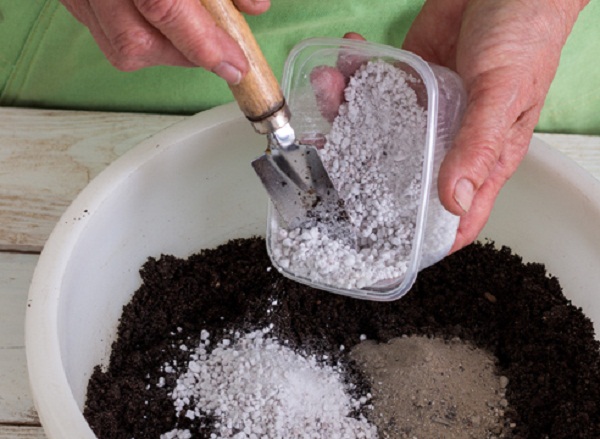
Soil for cabbage seedlings can be prepared by yourself from fertile soil, sand and humus, adding vermiculite to maintain the desired moisture level
Seedlings develop very well on ready-made soil, which is sold in garden stores. It consists of peat, earth, river sand, fermented sawdust, vermicompost and mineral additives. Such a soil is completely ready for use and does not require disinfection. When sown in bio-soil (for example, "Friendly shoots"), the seeds germinate 3-4 days earlier than when using ordinary soil, and the seedlings better tolerate picking and replanting.
Instead of a soil mixture for growing seedlings, coconut substrate with the addition of vermiculite (3: 1) is also used. Oblique fiber has high moisture capacity and air permeability, vermiculite contains nutrients.
Seedlings grow well in peat pellets made from compressed peat enclosed in a natural shell. Peat is enriched with additional components: mineral, antibacterial substances, growth stimulant. Seedlings grown in such tablets are practically not affected by the black leg.
Choosing a container for growing
The roots of cabbage seedlings are thin, fragile leaves that break easily, which leads to a growth retardation, so it is better to immediately sow seeds in separate containers. For growing seedlings without picking, small plastic cups or containers with cells are well suited. The containers must have drainage holes so that moisture does not stagnate in the soil.
Instead of cups, you can use yogurt jars, cut plastic bottles, and even eggshells. Seedlings are easily removed along with a lump of earth during transplantation, and when grown in eggshells, they are completely planted together with a crushed container. An ideal air-water regime is created when growing seedlings in peat pots, where the container itself is a fertilizer and is planted along with the seedlings.
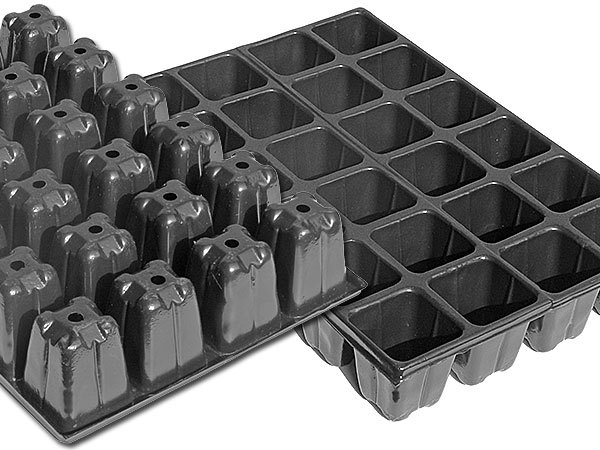
It is convenient to grow cabbage seedlings in cassettes with cells, where each seedling grows separately and does not interfere with others
If you need to plant a large number of cabbage seedlings, it is more convenient to use spacious boxes with a pallet. The grown seedlings necessarily dive into separate containers and then are planted in the ground.
Seed preparation
Pelleted seeds do not need to be processed before sowing. They have already undergone pre-sowing preparation and are enclosed in a shell of an organo-mineral mixture, to which fungicides and microelements that increase germination are added. Such seeds are immediately sown in nutritious soil - they are larger than untreated ones, and they are easier to decompose in containers. However, such seeds retain their germination capacity for only 2 years, while ordinary ones - 4 years.
The untreated seed must be prepared. Before sowing, the seeds are calibrated, selecting medium and large in size - not less than 1.5 mm. To do this, they are placed in a 3% salt solution for 5 minutes. Small light seeds float, heavy ones that have settled to the bottom are used for sowing. They are washed with clean water and dried, then disinfected from pathogens of bacterial and fungal diseases in a 2% solution of potassium permanganate for 20 minutes and again washed with water.To accelerate seed germination, you can place them for 12 hours in Epin solutions (1 drop per 0.5 l), Nitrofoski (5 g per 1 l), or for 3 hours in an ash solution (30 g per 1 l).
The hardening of cabbage seeds also improves germination. For this, the seeds are placed in a container, filled with hot water (50 ° C) and left for 15 minutes. Then the soaked seeds are kept for 24 hours in a refrigerator at a temperature of 1-2 ° C. Then they are dried and sowed.
Planting methods for seedlings
Seedlings are planted in two ways:
- with further pick:
- into the nursery,
- in containers;
- without picking:
- in cups,
- in peat pots,
- in peat tablets,
- into a snail.
To save space, it is convenient to grow a large number of seedlings in a nursery or containers.
Nursery
When sowing in a nursery on an area of 1 m2 there are about 25 seedlings.
- A 4 cm layer of soil is poured into the box and spilled with a solution of Fitosporin-M or Gamair.
- Grooves are marked with a depth of 1 cm every 3 cm and seeds are laid in them at intervals of 1.5 cm. Sprinkle with soil, compact and moisten the soil.
- Cover the crops with foil and place in a warm place (+20 ºC).
- The seedlings that appear after 4–5 days are thinned out, leaving the feeding area for each sprout 2 × 2 cm.
- After 2-3 weeks, seedlings with 2-3 true leaves are planted in peat pots or cups, in which they remain until planting in the beds.
Container with cells
It is more convenient to grow seedlings in plastic cassettes.
- The cells are filled with nutrient soil, not reaching the upper edge of 3 mm, so that the roots do not grow into the adjacent cell.
- Place 2-3 seeds in each cell, deepen them by 1 cm and watered with a sprinkler.
- The cassette is covered with plastic wrap and kept in a warm place until shoots appear, keeping an eye on the moisture content of the soil and removing condensation.
- After 2-3 true leaves appear, the seedlings are transplanted into larger cups.
You can grow cabbage seedlings without picking, immediately planting them in separate containers or in a snail at a considerable distance from each other.
Plastic cups
Growing seedlings in cups provides a greater percentage of plant survival and their continuous growth.
- The containers are 2/3 filled with soil, 2-3 seeds are placed at a depth of 10 mm, sprinkled with earth and moistened with a spray bottle.
- Cover with foil and transfer to a warm place.
- As soon as sprouts appear, the shelter is removed.
- After 2-3 leaves have grown, weaker seedlings are removed, leaving one strong plant in the cup.
Peat pots
Gardeners who prefer to grow seedlings in separate molds willingly use peat pots. Growing seedlings in a peat container contributes to an increase in seed germination, an increase in yield by 30%, in addition, the root system is not injured when planted in the ground. Seedlings are planted together with a pot, which, under the influence of moisture, dissolves after a while and enriches the soil with nutrients.
Peat tablets
Peat tablets are peat washers of various diameters, enclosed in a natural shell, which allows you to maintain their original shape. On top, there are holes for sowing seeds.
- Before planting, the tablets are placed on a tray or in large cells and moistened with water. Swelling, they increase in height up to 8 cm.
- The seeds are placed in the recesses and covered with 1–2 mm of peat from a tablet.
- The pallet is placed in the greenhouse until the shoots loops appear.
- After emergence, the greenhouse is opened.
Growing seedlings in peat tablets containing nutrients has clear advantages: no additional plant nutrition and growth stimulants are required; when transplanted into the ground, the root system is not damaged.
Snail landing
Growing seedlings in a snail is a way that saves space and soil. The seedlings in the snail are evenly illuminated and well ventilated, without interfering with each other's development. The material for the seedling rolls must be dense.
- Many summer residents use a laminate underlay. It is cut into strips 20 cm wide and about a meter long.
- A three-centimeter layer of moistened soil is laid on the substrate, 3 cm away from the edges, and the seeds are laid out in the upper part at a distance of 10 cm from each other.
- Roll the tape into a roll, fasten it with an elastic band and, covering it with a plastic bag on top to create a greenhouse effect, put it on a pallet in a warm place.
- Seedlings are regularly moistened and aired. The emerging shoots loops are a signal that the package should be removed.
- When planting in the ground, they simply unfold the roll and separate the plants along with the earthy clod.

A snail with cabbage seeds is placed on a pallet and covered with a film, which is removed when shoots appear
Video: cabbage seedlings in a snail
Dependence of the time of planting cabbage for seedlings on the ripening time
The time of sowing cabbage for seedlings is determined depending on the early maturity of the variety:
- early ripening varieties (June, Gribovskiy 147, Zarya F1, Transfer F1, Kazachok F1) ripen 55-60 days after planting the seedlings. Their seeds are sown early - in late February or early March - and grown on the windowsill before transplanting to the garden;
- for mid-season varieties (Zolotoy hectare, Rinda, Nadezhda, Slava, Belorusskaya 455, Stakhanovka 1513), the ripening period of which is 70–75 days, sowing is carried out from the third decade of March to the end of April;
- in the first or second decades of April, late-ripening varieties (Krasnodarskaya 1, Moskovskaya late 15, Aros F1, Crumont F1, Geneva F1) are sown on seedlings, ripening in 165-180 days.
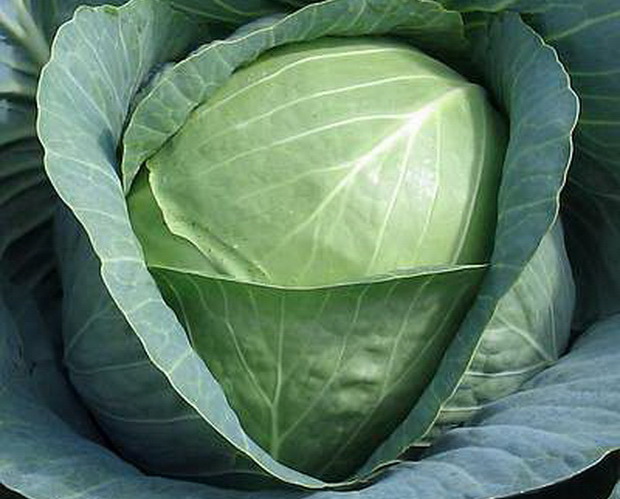
Sowing the seeds of the mid-season Rinda variety is carried out in April, and in August-September you can harvest
Many summer residents, who have experience in growing cabbage, sow seeds not at the same time, but every 3-4 days. This allows the harvesting period to be extended.
In open ground, early cabbage is planted 45-50 days after sowing, seedlings of medium and late varieties - at the age of 35-45 days.
How to care for seedlings
Healthy seedlings can only be grown with proper seedling care.
Temperature regime
For seed germination, it is necessary to create a greenhouse effect: cover crops with foil and maintain the temperature at least +20 ºC. The soil should be kept moist, but at the same time, ventilate daily, remove condensation. When seedlings appear on the 3-4th day from sowing, the film is removed and the seedlings are transferred for a week to a cooler place with a daytime temperature of 10-12 ° C, a night temperature of 6-8 ° C.
If this is not done, the seedlings will stretch out and disappear. In the future, the plants are provided with an optimal temperature regime: 18–20 ° С during the daytime and 14–18 ° С at night. Lower indoor temperatures can lead to slower growth of seedlings.
Lighting
On the 3-4th day there is a friendly emergence of seedlings, which need to be provided with good lighting. It is better to place seedlings on the windowsill on the south side, creating diffused light for them, shading them with paper or using reflective screens.For the intensive development of seedlings, it is necessary to provide a 12-hour daylight hours; in a darkened room, additional lighting with a phytolamp or a fluorescent lamp will be required.
Watering
Cabbage actively develops when the air humidity is 75% and the soil humidity is 85%. For this, when the top layer of the soil dries up, abundant watering with warm water is carried out. With a lack of moisture, the plants begin to wither, the leaves turn yellow. However, over-watering should be avoided - stagnant water can lead to the development of root rot and the death of seedlings. Wet soil must be loosened, providing air access to the root system.
In case of violation of the light or temperature regime, with improper watering, the seedlings can become thinner and stretch. In this case, the plants must be transplanted into individual cups by pinching the root and deepening the seedling to the cotyledonous leaves. Slowing down the growth of plants will help the introduction of a solution of the Atlet preparation (1 ampoule per 500 ml) into the soil, which also contributes to the formation of strong stems and a developed root system.
Pickling cabbage
If the seedlings were grown in a common container, with the appearance of 2-3 true leaves, it must be dived into separate cups. Seedlings growing in small cells are transplanted in larger containers. It is very convenient to dive seedlings into peat pots - when planting in the ground, the plants are planted along with the container.
- Before picking, the soil is well moistened, with the help of a spatula, the seedling is removed along with a lump of earth, holding it by the stalk, and transplanted into separate cups.
- The nutrient substrate is poured, deepening the plants to the cotyledonous leaves, compacted and watered.
- In order for the dive seedlings to take root better, at first they create a warmer microclimate for them and shade from the bright sun, then the air temperature is reduced to comfortable values of + 20-22 ° С.
- When 4–5 true leaves appear, the seedlings are transplanted into open ground.
Top dressing of seedlings
Top dressing is necessary for cabbage seedlings for better growth and development. Nutrient additives are applied during watering or by spraying. The first top dressing is carried out 2 weeks after sowing the seeds, adding a solution of complex fertilizer Agricola-1 (25 g / 10 l) to the soil. Good influence on the development of plants and foliar dressing. The prepared solution of Agricola-1 fertilizer is sprayed on the leaves with a sprayer in the morning or evening.
The seedlings are re-fed 10 days after the pick.
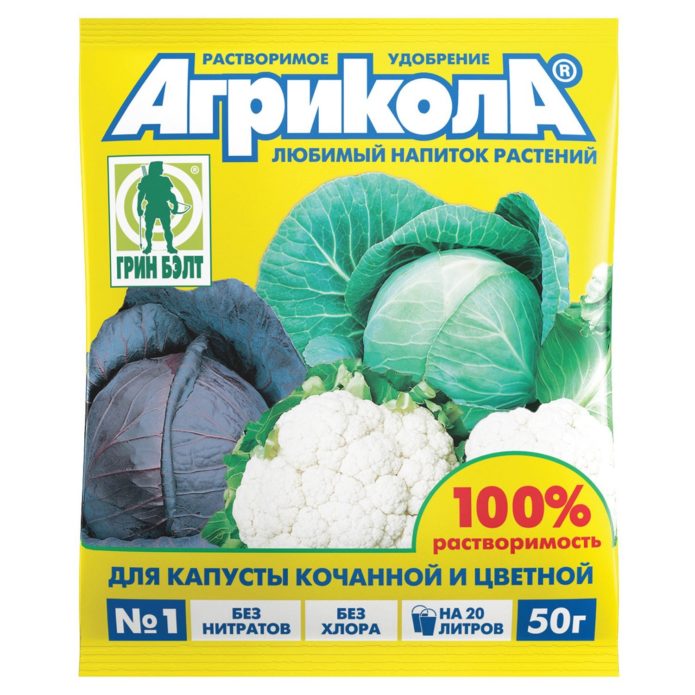
It is useful to feed cabbage seedlings with complex fertilizer Agricola, which contains all the necessary trace elements
Before planting seedlings in the ground, a third feeding is carried out.
When using complex fertilizers containing a balanced amount of macro- and microelements, cabbage seedlings develop well and easily adapt to open field conditions.
Hardening
A week before transplanting to the garden, the seedlings begin to harden:
- In the first day or two, the window is slightly opened for 3-4 hours, while making sure that there is no draft.
- Then, within 3 days, containers with plants are taken out onto the veranda or glassed-in balcony, necessarily shading from the sun's rays, gradually increasing the time spent in a cool room.
- On the sixth day of cold hardening, watering the seedlings is stopped and transferred to the street, covering from the sun. They clean the room at night.
- On the last day of hardening, the plants are left in the open air until they are planted in the ground.
- Before transplanting to the garden bed, the seedlings are well moistened.
Disease prevention
If agricultural technology is violated, the seedlings can get sick. Cabbage most often suffers from black leg and peronosporosis.
Denseness of seedlings, excessive watering and non-observance of the temperature regime often lead to the appearance of a black leg. Symptoms of the disease are darkening and decay of the stem in the root part. It is impossible to save such plants, therefore, to protect the seedlings, it is necessary to focus on prevention.
Before sowing, the seeds and soil should be disinfected, then, when watering, use only warm water, adding potassium permanganate to it. In the phase of 2-3 leaves, cabbage seedlings are sprayed with a 0.2% solution of Fitosporin-M. The acidic environment is favorable for the development of pathogens of the black leg, therefore, the soil with a high level of acidity is necessarily limed. At the first signs of the disease, the affected plants are removed, the healthy ones are transplanted into new soil, the seedlings are treated with a 1% solution of Bordeaux liquid.
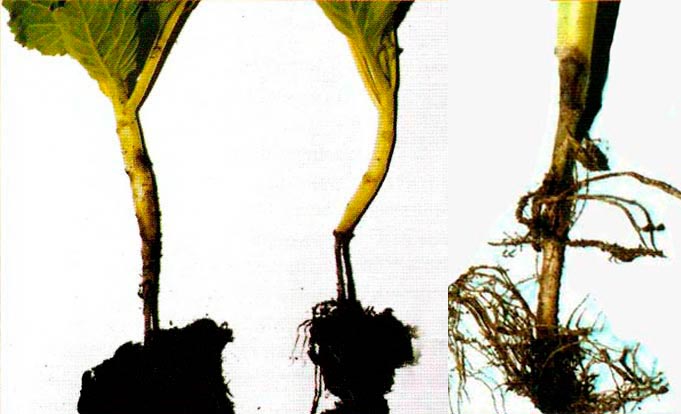
Black leg is a fungal disease that quickly spreads when the agricultural technology of growing cabbage seedlings is violated
Excessive watering and too high room temperatures contribute to the development of downy mildew. This fungal disease especially often affects young plants with weak immunity. Yellowish-brownish spots appear on the upper part of the leaf, the reverse side is covered with a grayish bloom. At the first symptoms of the disease, it is necessary to dust the plants with ash (25 g / 0.5 m2) or treat with Fitosporin-M solution (3 g / 5 l), re-treat in a week.
Pest control
The main enemies of cabbage seedlings are cruciferous fleas and aphids. The appearance of white spots and holes on cabbage leaves is the result of an attack by a cruciferous flea.
Aphids show their presence on cabbage seedlings in white, and then with a brown bloom on the leaves.
In the fight against pests, you can use natural preparations: herbal decoctions (chamomile, celandine, wormwood), ash solution (150 g / 5 l) or milk with iodine. You can wash the plants with soapy water. With a massive invasion of insects, you will have to use chemicals - Bankol (0.7 g / l), Anabazine sulfate (1 g / l).
Even a novice gardener can grow healthy cabbage seedlings. Knowing the peculiarities of the vegetable culture and creating comfortable conditions for it, you can harvest the whole season, prepare vitamin salads from cabbage, pickle or store in the cellar until spring.
